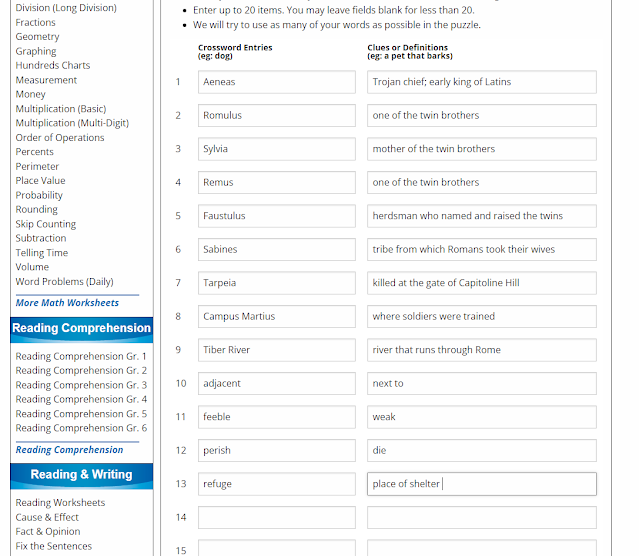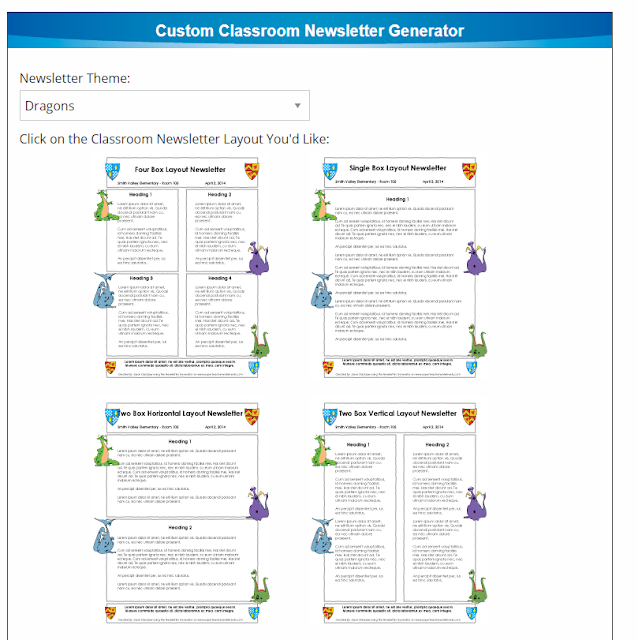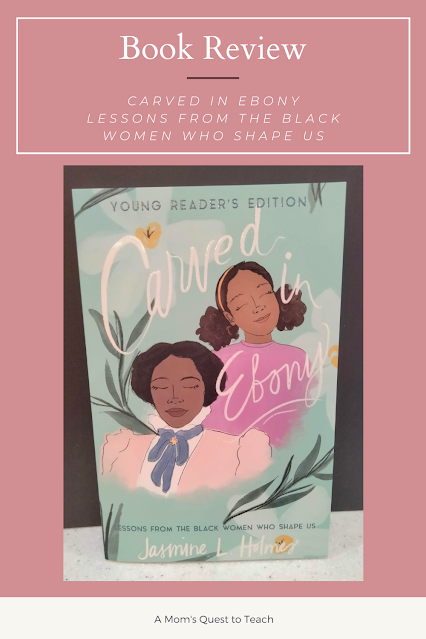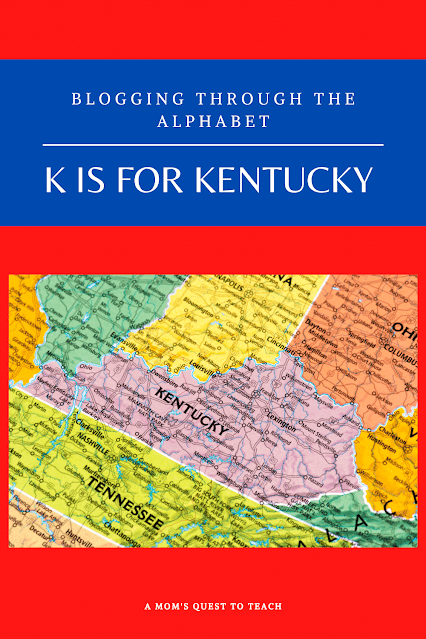This post contains affiliate
links. For more information, please see my Terms of Use and Disclosure Policy
page. Thank you.
One of the ways we know so much about the American Civil War time period is thanks to the numerous letters, diaries, and records kept by soldiers, civilians, and others. But can we view the literacy rate of those living during the time period? After all, a great number of the letters had various spelling and grammar errors that make some of them almost unreadable. Since there was great diversity in the Northern and Southern soldiery in their ability to read and write, let's examine it further.
Reading and Writing
Reading was a source of recreation for many soldiers serving during the American Civil War. Even if one could not read, there was always someone willing to read a letter, book, or newspaper aloud. But reading was often difficult to do. There wasn't as much free time during the nicer, warmer weather and the winter made reading difficult. It was often too cold to out of covers during free time. But this didn't mean that newspapers were highly sought after no matter the time of year. They would be passed around and shared so much that they would be rags by the time the next newspaper arrived.
If a soldier couldn't read or write, they could enlist the aid of their fellow soldiers, sometimes for a fee, or the chaplain. The regimental chaplain would often write letters to families for soldiers, especially those who were injured or dying. Sometimes they even held classes to teach the men reading and writing.
In the North, the majority of the soldiers were literate to some degree. There were a handful of illiterate soldiers from the larger cities, but most companies were all literate. According to Bell Irvin Wiley (known for The Life of Billy Yank and The Life of Johnny Reb), the Northern soldiers were more literate than the Southern soldiers. This was in part because of the emphasis placed on early elementary education in the North.
If we look at four North Carolina regiments, we can see how much more common illiteracy was in the South. In one regiment, 27 out of 100 men could not sign their names on the muster rolls. They needed to make their mark. In another regiment, 36 out of 72 made their mark with an "x," while another 54 out of 100 made their mark. We could gather that all those men who couldn't sign their names probably weren't reading and writing themselves.
Educational Levels
For both the North and the South during the American Civil War, the educational background and levels varied from those with no schooling to those with specialized training or college degrees. The majority of men serving were farmers, workers, and laborers, but there were many men with college degrees. We see this reflected in their letters.
For example, in The Life of Billy Yank, Wiley details several Northern soldiers and their letters and diaries that demonstrate their high level of education. Edward F. Reid of the Third Indiana Cavalry shared in his diary quotes in Latin, Greek, and German as well as references to classical and contemporary literature. Harvard student Samuel Storrow, a corporal in the Forty-fourth Massachusetts Regiment, wrote letters that clearly demonstrate his proficiency in Latin and Greek.
The North Critiquing the South
When the letters of Southern soldiers made their way into the hands of Northern soldiers, there was often much laughter and critiquing. Many of the Union boys felt superior to those in the Confederate states, and the letters helped justify this in their minds. The Northern soldiers determined there was a lack of penmanship and proper grammar and spelling on the part of the Southern soldiers during the American Civil War. They also accused the Southern soldiers of not being very well-read. The problem is many of those critics were often not very literate themselves.
Letters and Mail
Even with the difficulties of getting mail, soldiers on both sides still wrote regularly. Some wrote once a week, setting aside Sunday for that task, while others wrote less frequently. On average, the letters were three pages long and contained similar information no matter where the soldier called home. In those letters, home soldiers wrote:
- Good wishes for the health of those at home
- Prayers for the health of himself and his fellow soldiers
- Accounts of recent battles
- Asking after the crops and farm back home
- Asked about home life
- Asked after their children if they were a father
- Asked his wife to remember him to their children
All of these things were often written in handwriting ranging from poor to elegant, along with poor punctuation or meticulous grammar. Sometimes, the same simple words were misspelled in different ways in the same letter. One can also find rustic figures of speech in these letters. One thing to keep in mind is that just because there was poor handwriting, grammar, and spelling, that is not always indicative of the educational level of the soldier writing the letter. Oftentimes. haste – the need to hurry up and write the letter – led to these things. So, we should not be quick to judge the men writing home.
In closing, spelling and grammar were bad on both sides but more so on the South. Illiteracy could be a handicap because if a soldier wasn't able to read a pass or an order, then grave errors and mistakes could happen during or before battles. But no matter how well a soldier could read or write, he wanted to find out what was going on in the United States and share what was happening where he was with family and friends.
Interested in reading more Blogging Through the Alphabet Posts?
Blogging from A to Z: Kicking off a New School Year! by My Full Heart
Homeschooling Tips from A to Z for 2022: The Letter K from Homeschooling Highway
Keeping Up with the Joneses by Laura McKinney Adams
.png)
.png)
.png)
%20(1).png)
%20(1).png)



%20(1).png)
.png)
.png)
.png)


.png)

.png)
.png)
%202%20new.png)

.png)
.png)
.png)
.png)








.png)







